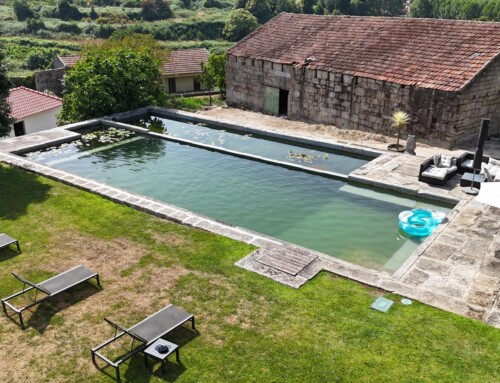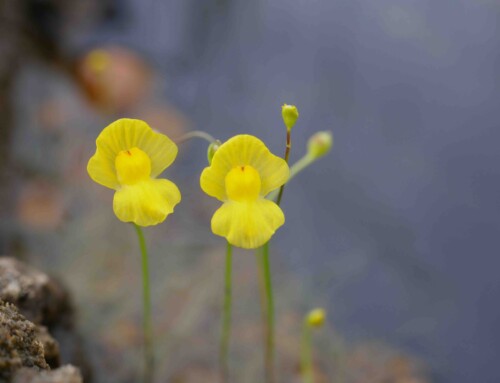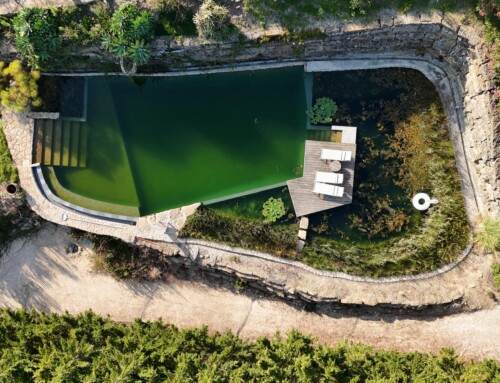The yellow water flag is one of the plants found in many biological pools, but it goes unnoticed for much of the year. The plant sits there with its green, sword-shaped leaves, almost looking like broadleaf grass, and doesn’t attract much attention. However, there is a time of year, in spring, when the yellow water flag displays its large, impossible-to-ignore yellow flowers.
It is a plant that belongs to the reed, that is, it can, like few others, coexist with the reed plant that forms dense masses of shoots on the banks that form almost a natural monoculture. The yellow water flag defends its space through strong rhizomes that form the base for the leaves.
This yellow water flag lives, in nature, on the banks of rivers and lakes, and enjoys places with some nutrients, just like its neighbor, the reed. Consequently, in biological pools, it finds its place on the shore where the prevailing wind carries everything that falls on the water surface . This constant nourishment is rewarded by the yellow water flag with its yellow spring flowering.
 What is a biological swimming pool?
What is a biological swimming pool?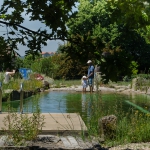 Important to know
Important to know Beyond the swim
Beyond the swim How to build
How to build Compare
Compare PB 22.000
PB 22.000 Biological swimming pools of Public use
Biological swimming pools of Public use Janguiscina
Janguiscina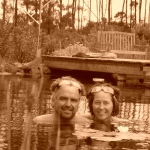 Who we are
Who we are Biological swimming pools
Biological swimming pools Landscape architecture
Landscape architecture ETAP
ETAP Solar Sauna
Solar Sauna Rewilding
Rewilding News
News Photo of the month
Photo of the month Gallery
Gallery Holidays with Swimming Pond
Holidays with Swimming Pond Testimonials
Testimonials Awards
Awards Biological swimming pools around the World
Biological swimming pools around the World Piscinas Biológicas® – Live
Piscinas Biológicas® – Live FAQs
FAQs Downloads
Downloads Shop
Shop


